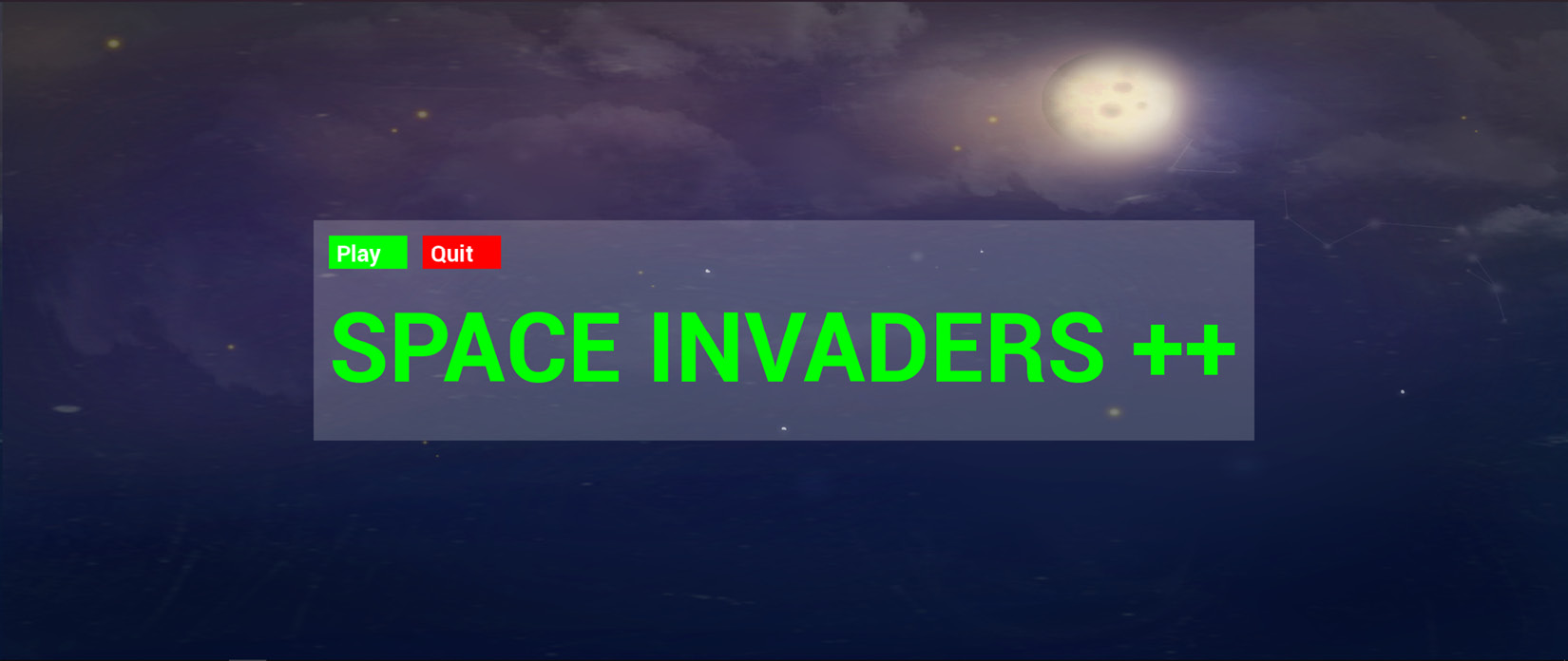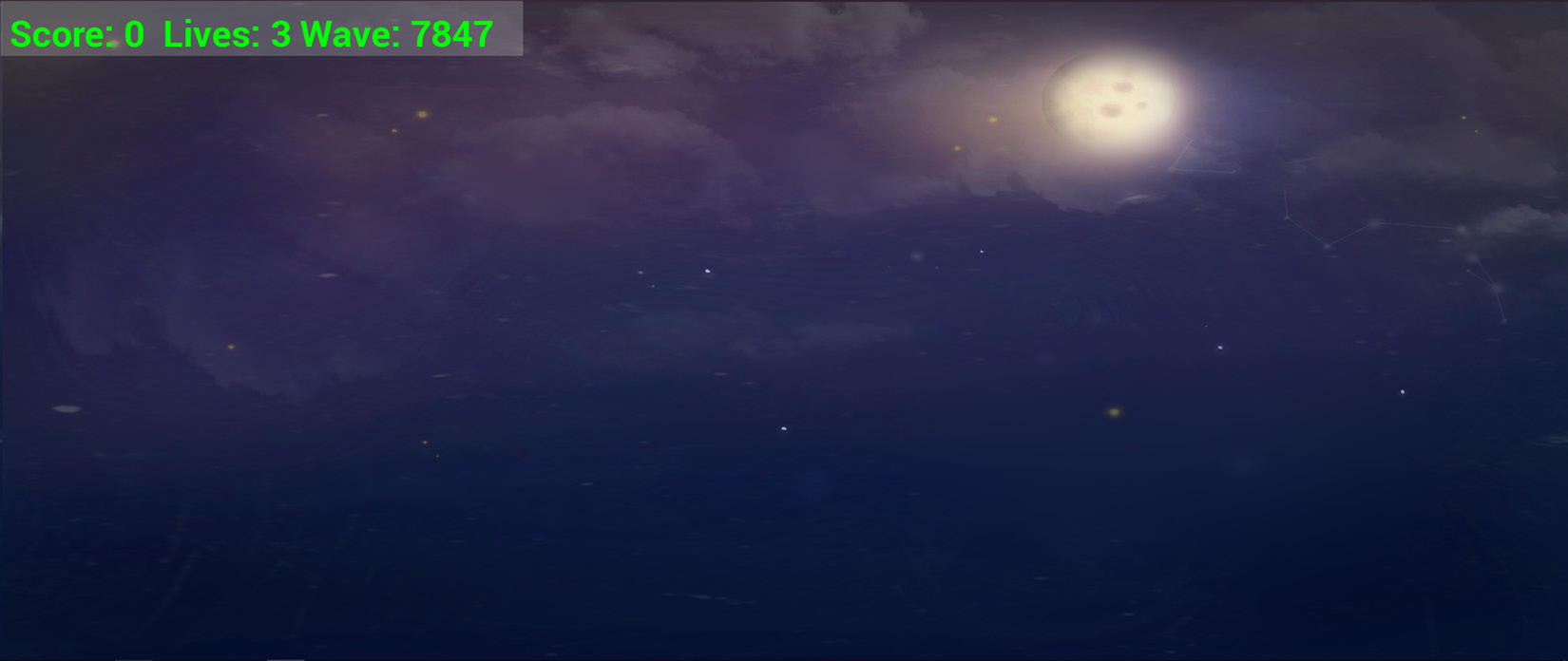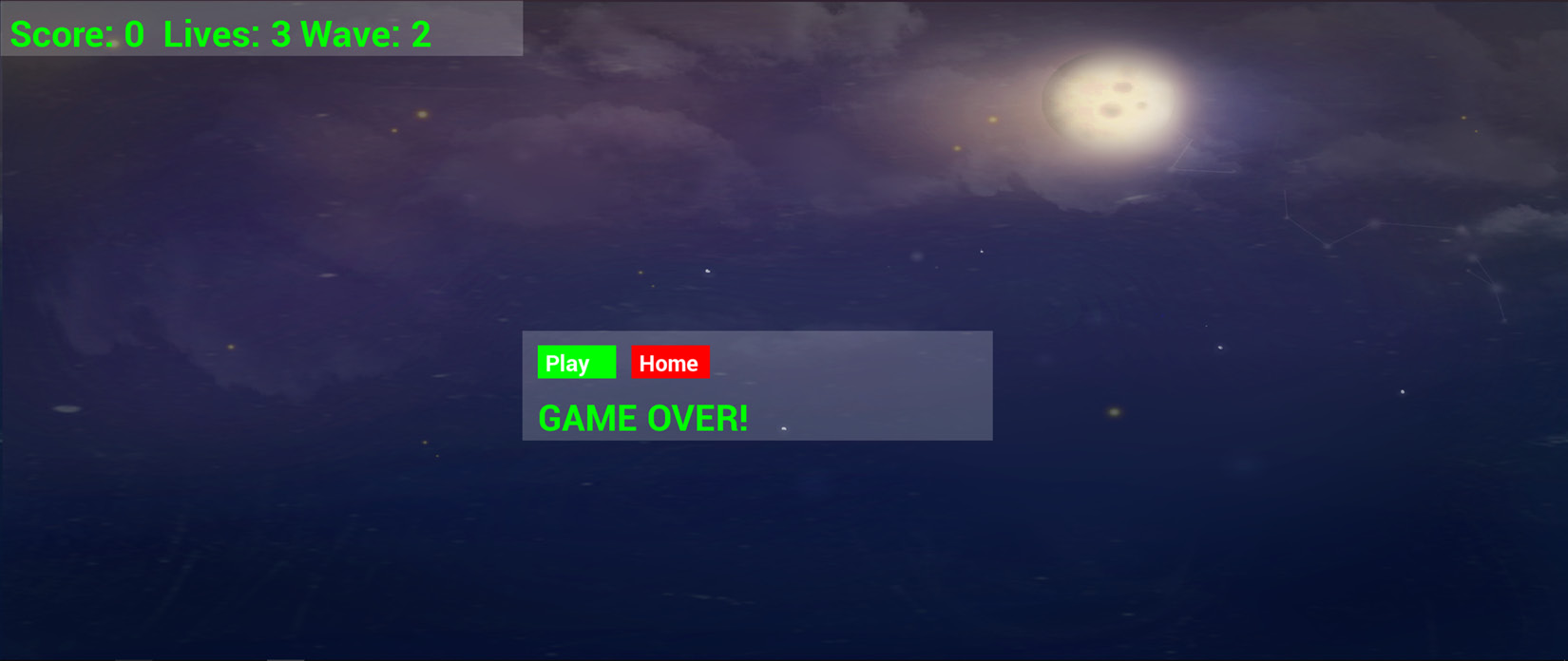Chapter 19: Game Programming Design Patterns – Starting the Space Invaders ++ Game
Welcome to the final project. As you have come to expect by now, this project will take a significant step forward in terms of learning new C++ techniques. The next four chapters will look at topics such as smart pointers, C++ assertions, using a gamepad controller, debugging using Visual Studio, casting pointers of a base class to become pointers of a specific derived class, debugging, and a first look at design patterns.
It is my guess that if you are going to make deep, large-scale games in C++, then design patterns are going to be a big part of your learning agenda in the months and years ahead. In order to introduce this vital topic, I have chosen a relatively simple but fun game to serve as an example. In this chapter, we'll find out a bit more about the Space Invaders ++ game, and then we can get on to the topic of design patterns and why we need them.
In this hefty chapter,...










































































